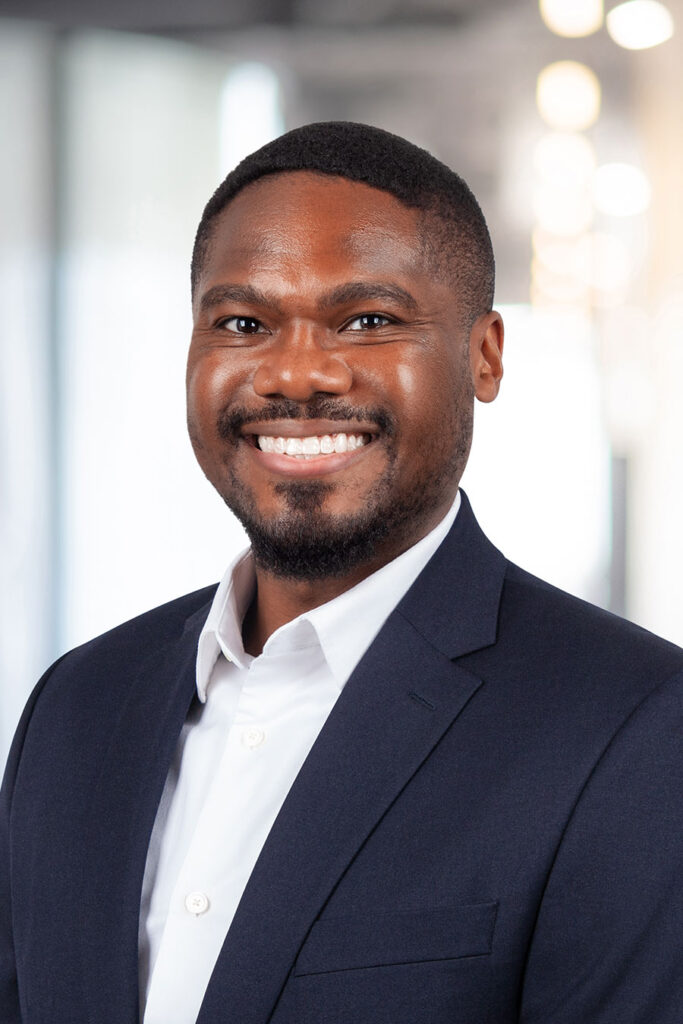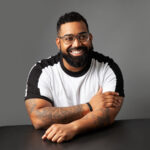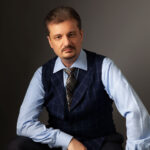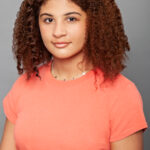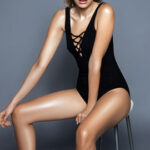The Importance of Professional Corporate or Business Headshots
People are beginning to see the value and importance of investing in professional corporate and business headshots. There are so many outlets these days that require more than just a “selfie.” Social media sites, especially LinkedIn and Facebook, as well as corporate and personal websites all increasingly require some type of professional photos. Which is why it’s a great idea to invest in professional business headshots. We are a visual society, and one’s appearance is key. Hirers can often tell the difference between a professionally done, polished corporate headshot, and a glorified selfie. Do some research for “business portrait photographer” or “corporate headshots near me” to find a photographer in your area. You can then read any reviews they may have and view their work online to see if it matches your style.
What to Wear
There are several good rules of thumb when it comes to what to wear for a business headshot or company headshot. Perhaps the most important is to simply dress as if you are meeting with an important client. In this case, you would probably make sure that you look polished and professional. You want to look your best, make the sale, or at the very least, make a good impression. If you don’t have a job, try and dress for the job or role you want. Remember that your appearance and what you wear is an extension of your brand, and first impressions are everything. A 2006 Princeton University study found that it takes just one-tenth of a second to make judgments about a person.
Another rule is to keep it simple. You don’t want to wear anything that is too busy or distracting. Over-the-top colors or busy prints may be fine for your everyday, but they don’t tend to read well on camera. Also, you want the focus to be on you, not your clothes. It’s also important to avoid tightly spaced patterns, which can cause a moiré effect—a distracting optical illusion of wavy lines.
Think simple, structured, fitted, and neutral for the best results. Patterns don’t need to be avoided entirely, as long as they are simple and subtle. Light or flimsy fabrics like linen or silk may not work best, as they are difficult to keep wrinkle-free. Structured or fitted clothing is preferred because they show the natural curve of the body. It is certainly more flattering than bulky pieces. Also, the camera adds ten pounds, and no one wants to appear bigger than they actually are because of clothing choice. Layers tend to work well, look polished, and add interest. A blazer or cardigan on top of a button down shirt or dress is a smart option.
Color and Accessories
If you insist on color, jewel tones also work well. They are flattering on most skin tones. But avoid nude colors or anything that is too close to your actual skin color: think contrast. Also, a white or light colored shirt with no detail might appear blown out.
Jewelry and accessories should be kept simple. A statement jewelry piece might work, or a dainty, choker-like necklace for women. For men, a tie should be solid or simple-patterned and should generally match the width of your jacket lapels.
Keep in mind that if you are using this for a LinkedIn profile, the picture will be cropped. So something like a long strand of necklace may likely be cut and look awkward just floating in space.
Another thing to avoid is anything that is too trendy or seasonal. Unless you are having your headshot taken every other week, you want it to last over a period of time. A scarf or heavy sweater may work for winter months but not if you’re applying to jobs in the middle of summer.
Exceptions to the Rule
Of course there are exceptions to the rule. Boring or conservative does not have to be the name of the game. If you’re in a creative field or your entire personality revolves around being loud and proud, then by all means, look the part! It all depends on what you are trying to convey. An executive portrait may differ from a model or actor headshot.
Most importantly, wear what best represents who you are. If you are not a suit and tie guy, don’t wear it. Maybe a tailored button down shirt and jacket will suffice. When in doubt, always bring options, even if your shoot is for one look only. Your photographer can help you choose what works best on camera. Whatever you choose should make you feel confident and comfortable in your own skin.
Confidence During Your Shoot
If you feel good in the outfit you choose then that is the first step to feeling confident during your shoot. Many people tend to freeze up when they get in front of a camera. This is normal. But the idea is that hopefully as you go along during the shoot you begin to loosen up. A lot may have to do with the chemistry you share with your photographer. A skilled corporate photographer will know how to put his/her subject at ease. It may simply be through casual conversation.
Research Poses
Generally, you’ll want to convey a sense of confidence, approachability, and friendliness in your headshot. Practice poses and different facial expressions before your shoot day. This will give you an idea of what works for you and what doesn’t. It may also help you discern what your “good side” is, if you don’t already know.
People are usually more comfortable sitting down. It also gives you somewhere to rest your hands! (People often don’t know what to do with their hands so simply resting them on your thighs helps). Sitting can also help with stability and not moving around too much. Once you are posed you want to avoid large sweeping motions. This will help keep your hair and clothes intact. From there, you should make small adjustments to your pose with each snap. Sometimes the smallest gestures will bring out the most natural expressions.
Don’t Forget to Breathe!
We tend to hold our breath when we are uncomfortable. If you’re too tense it will often show up in your pictures. A good exercise is to overly exaggerate a smile and then soften it. It will serve to help ease the muscles in your face and give you a more natural expression.

